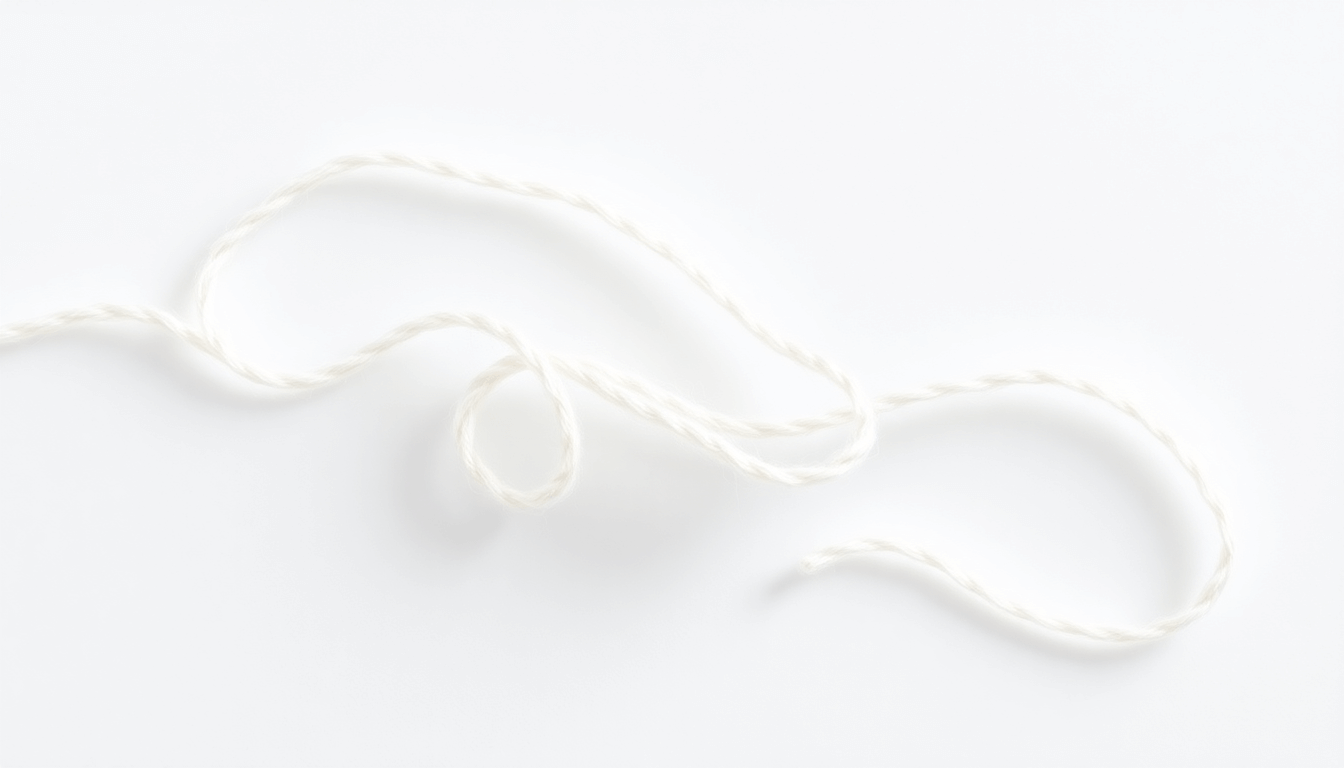
What Are Tzitzit? Why, Tzitzit Jewish jewelry?
The first Jewish fashion statement wasn’t a Star of David charm, a tree of life chain necklace, a mezuzah pendant, a hamsa ring or even a Chai necklace. Tzitzit were the OG in spiritually-charged Jewish fashion: a design so subtle it could have been easily missed, especially when tucked in, yet so loaded with spiritual meaning that it became an anchor of Jewish identity for thousands of years. Don’t believe us? Cue googling “ancient Egyptian tzitzit”. Take your time, we’ll wait right here.
Depending on who you ask, four corners, eight strings, five knots, or, maybe seven, or thirteen, or something else entirely. Different communities from the Jewish Diaspora interpret the mitzvah differently, Ashkenazi, Sephardi, Mizrahi, Teimani (Yemenite).

Yet, each variation carries the same core: connection, mindfulness, and identity. One commandment, many expressions, each with infinite meaning interpreted through Gematria, the process by which numerical values are ascribed to the letters of the Hebrew alphabet. And, just another way Jews expressed unity through diversity. Can we get an Am Yisrael Chai, up in here?! Whoop, whoop!
In Torah terms, the tzitzit are less about how they look than what they mean: a daily act of awareness, as well as a reminder of the 613 mitzvot ( commandments or good deeds), that in its very kabbalistic essence boil down to, in their purest form, is giving “how not to be a schmuck” vibe, tied onto your clothes or garments that specifically touch your skin.
You could say they were the first wearable mindfulness device, theology meets Jewish design 2.0, three thousand years before you downloaded the Calm App on your Apple device. After all, when you move, the strings brush against you, a constant physical reminder that doesn’t scream; instead, it whispers, “never forget who you are, or what you stand for”. The tzitzit are both metaphor and object: a tactile, wearable reminder that holiness lives in the everyday.
Judaism may have seemed, ironically, like the tzitzit, as “fringe” in the world, the minority faith par excellence, surviving exile, migration, and assimilation. But look closer: its ideas shaped law, morality, art, and culture of the Western World. Its ethics resonate in literature, philosophy, music, design, and beyond. So, what appears marginal has always been central.
The Jewish instinct to wear meaning never disappeared. Jews have always turned memory into matter, devotion into design. From Jewish amulets and talismans to Hamsas to Magen Davids, from Morocco to Minsk, the idea persisted: to wear your Jewish story as your visual identity.

Judaism expressed through Jewish jewelry became a second language, the spark that whispered survival throughout every century, no matter what the world threw at us. And boy, oh boy, did it throw things at us. Collections from the greatest Museums and Jewish Museums around the world can attest to that. It’s alright, you can Google again. You know, you want to.
And that’s exactly what Breindell’s Tallisman Collection is all about. Tallis + talisman: two words, two worlds that symbiotically collide to make one.
The tallis (Yiddish variation of Tallit), the Jewish prayer shawl, and the tallit katan, the four-cournered garment from which the tzitzit hangs, are pure devotion in garment form. Historically, a talisman is the physical embodiment of power and protection.

Combine these two powerful wearable entities, and you get jewelry that carries the spiritual and sacred essence of the tzitzit. Not copied, but translated into luxury fine jewelry. Where once there was white wool thread, shines Sterling silver and 14K+ gold: design born from devotion and kavanah (intention).
Each Tallisman piece reimagines the tzitzit not as a literal fringe, but as a metaphor made tangible, exposing the almost invisible distinction between the visible and the invisible, between ancient Jewish tradition and Jewish life today. It’s not about replacing the ritual, but about reclaiming and honoring its energy and impact in a beautiful way.

Perhaps, Tzitzit were always a quiet rebellion, a reminder that even in exile, you can carry your center with you no matter the circumstance and no matter how far you wander. And maybe, in a world that feels increasingly unmoored, and often a little too scary, a few threads, in fabric, in fine metal, in fashion-forward fine Jewish jewelry are exactly what can keep us grounded in this world.


Leave a comment
This site is protected by hCaptcha and the hCaptcha Privacy Policy and Terms of Service apply.